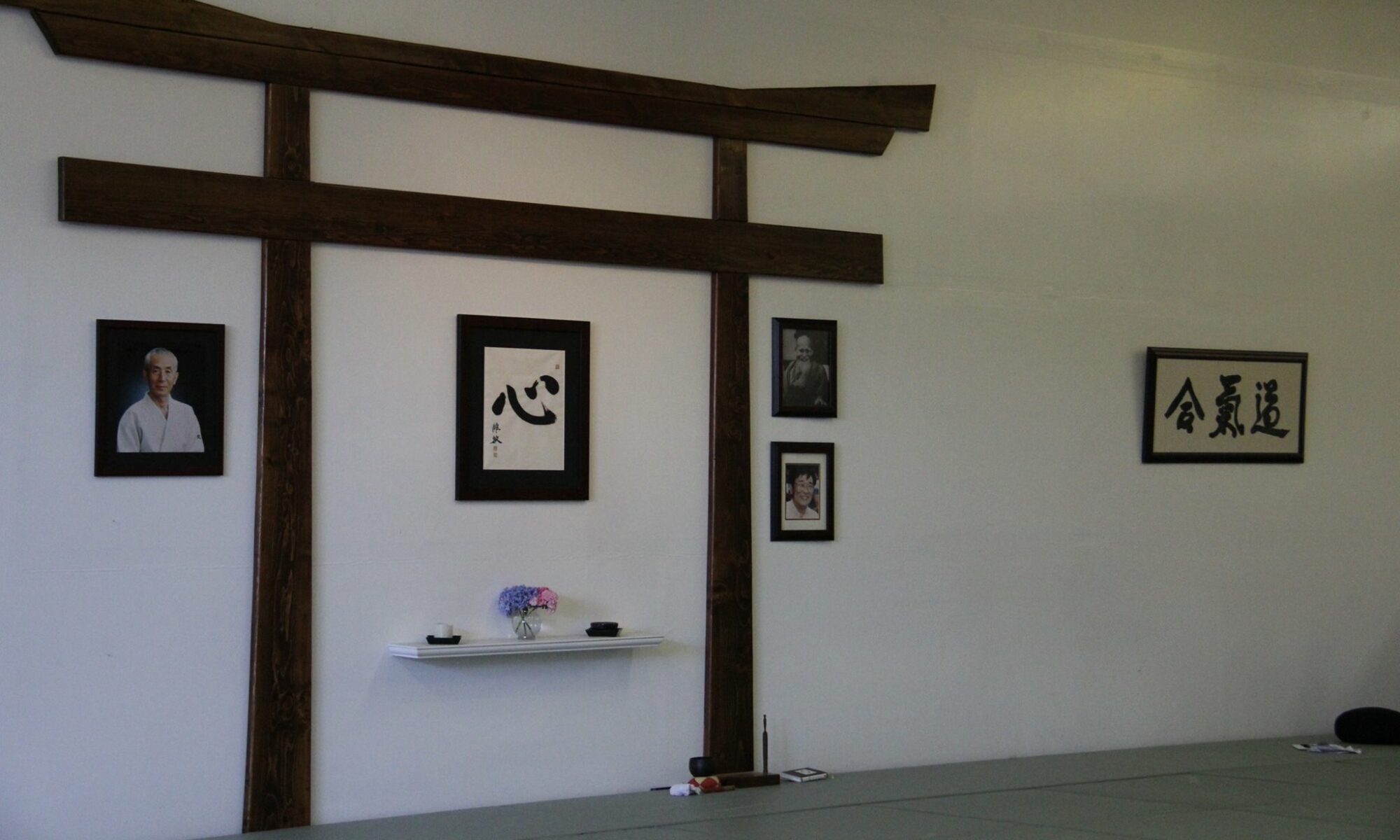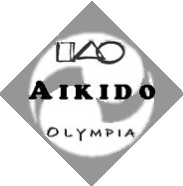These guidelines are established to promote the correct atmosphere for our study and to instill respect for fellow students and ourselves. The purpose of our practice is to develop strong and positive Ki, an open heart, and a clear mind. We must endeavor to improve ourselves each day. By following these guidelines and approaching each class with a positive attitude, training will be more pleasant, rewarding, and complete. The ultimate aim of these guidelines is the creation of a safe space for training and deep appreciation for the opportunity to participate in a unique training community.
Training Attitude
As you grow and develop, you will receive instruction from fellow students as well as from various Sensei (teachers). View the instruction as an assistance to your growth, not as a personal criticism. Give instruction to others in the same spirit. Instruction given and received in this manner will encourage positive feelings and growth together, rather than to inflate, or deflate, egos.
You will receive instruction from many Sensei. Each will express their practice differently. Follow each Sensei’s instruction with sincerity so that you will be able to understand the feeling they wish to communicate. Try it out, and if it works, use it!
Rei (Bowing)
The purpose of bowing is to express thanks and respect, not subservience. Bowing is done standing and kneeling, and is done with purpose and graces. Standing bows should be returned with a standing response, the response to a kneeling bow is like a bow. You may respond to a standing initiated bow by another with a kneeling bow. Hurried or half-completed bows show a lack of respect and demonstrate a lack of present-minded awareness. The body reflects the condition of the mind; the bow reflects the attitude of the person. Bows are don as follows:
- Upon entering or leaving a dojo, standing face the center or front of the dojo, and bow.
- Stepping on or off the mats, stand and bow to the front of the training area.
- Opening or closing of each class, perform a kneeling bow to the front of the training area.
- Starting or finishing of each training interval, face your partner, either standing or kneeling, and bow saying “onegaishimasu” (oh-nay-guy-she-mas) to open training and then say “thank you very much” upon finishing.
- Bow whenever requesting help from an instructor or another student. Always bow and say “thank you very much” whenever the assistance has been given.
- Let nothing enter the space between you and the person you are bowing towards. Do not bow across the space between people who are bowing to each other.
Procedures During Class
- Always address the instructors by ‘Sensei,’ or by their last name followed by the word “Sensei” (e.g. West Sensei). Traditionally, one uses the teacher’s last name followed by the term Sensei, however, you may address Aikido Olympia instructors with their first name followed by Sensei (e.g. Will Sensei).
- A few minutes before the start of class, you should be seated formally in a quiet meditative posture. These few minutes are to rid your mind of the day’s problems and to prepare for the training ahead. Just focus on your breathing.
- Maintain silence during lectures; be attentive to the instructor.
- Keep talking to an absolute minimum. Training is an experience.
- Be mindful of your posture. Only sit cross-legged or kneeling in straight lines, and if you choose to transition from seiza to cross-legged, or vice versa, initiate a bow beforehand.
- Return quickly and be seated after the Sensei’s clap signaling the end of each training interval.
- Seek out those wearing a hakama and fold it for them. Do this as a way to show your appreciation for their contributions to our art.
- Street shoes should be removed at the door and placed neatly on the shoe racks. Bring a clean pair of sandals or sock to wear inside the dojo to the edge of the mats. When coming on to the mats, sandals (socks) should be neatly aligned with the toes facing away from the front of the mat. Since we clean the floors regularly, it is also appropriate to not use sandals or socks inside our dojo.
- If you are arriving late for a class, stand quietly at the edge of the mat and wait for the instructor to acknowledge you. The instructor will signal you to bow and enter the mat area. If you need to leave early, let the instructor know before class begins.
- Only handle the jyo, bokken, or seiza bench of another person with their permission.
- If you must leave the mat during class, let the instructor know your reason for leaving before you step off.
- Remove all jewelry, watches, earrings, makeup, etc. before coming on to the mats and make sure that your feet are clean.
- Senior students are responsible for greeting visitors and guests. See that they feel comfortable and that their questions are answered.
- This is an Aikido dojo. There is no practicing other martial arts or “sparing” in the dojo unless part of a lesson presented by the Sensei.
Dojo Maintenance and Set-up
- Arrive early enough to assist in setting up the training area.
- Sweep the mats at the end of the training day.
- Assist with clean-up, closure, and break-down at the end of each training session.
- If you notice something that needs to be done (e.g. setting up items for class, cleaning, watering plants) don’t hesitate, fill the gap. If you are unsure of what to do and how to do it, as a senior student or instructor.
Cleaning is training as valuable as any of the arts of Aikido. Performing even the simplest task with an integrated mind, body, and spirit has equal value with the most difficult type of Aikido technique training. Keep this in mind as you go about your way.

